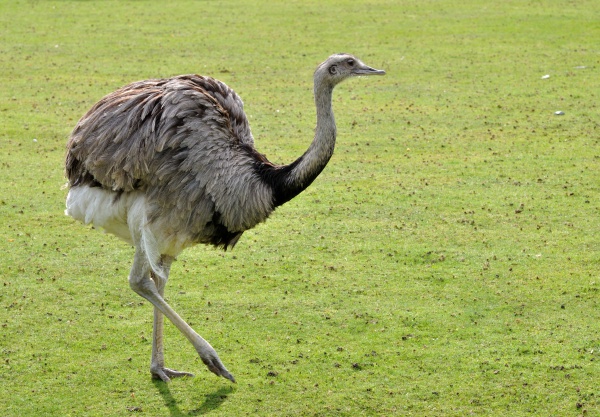Facts About Greater rhea
The greater rhea, a flightless bird native to eastern South America, holds the distinction of being the largest bird on the continent. These impressive birds weigh between 20 to 27 kilograms and stand about 1.5 meters tall. Known by various local names, the greater rhea is classified as Near Threatened by the IUCN.
First described by the renowned naturalist Carl Linnaeus in the 18th century, the greater rhea belongs to the family Rheidae. There are five subspecies, each inhabiting different open areas like grasslands and savannas.
With their long legs, small heads, and tattered-looking gray or brown plumage, greater rheas are quite distinctive. They are generally silent but exhibit unique behaviors, especially during mating displays. Outside the breeding season, they often form flocks. Their diet is varied, including broad-leaved foliage, fruits, insects, and small animals.
Interestingly, the reproductive strategy of the greater rhea is quite unique. Males are the primary caregivers, taking on the role of incubating eggs and looking after the hatchlings. Females, on the other hand, mate with multiple males and lay their eggs in different nests.
Predators like cougars, jaguars, and feral dogs pose natural threats to greater rheas. However, human activities such as habitat loss, hunting, and the conversion of grasslands into farmland are significant threats to their survival. While international trade in wild-caught greater rheas is restricted, in some areas, they are considered pests due to their feeding habits. In North America and Europe, these birds are farmed for their meat, eggs, oil, and leather.
In Germany, a feral population of greater rheas has established itself, leading to interactions with local farmers and authorities. These birds are viewed as an invasive species, sparking debates about how to manage them. Despite these challenges, conservation efforts are ongoing to protect the greater rhea and its natural habitat.

 Argentina
Argentina